This assertion is substantiated by an excerpt from a 1993 publication of the state sponsored "Macedonian Acadamy of Sciences and Arts" which describes how and when the regional descriptor "Macedonian" was given an ethnic significance.
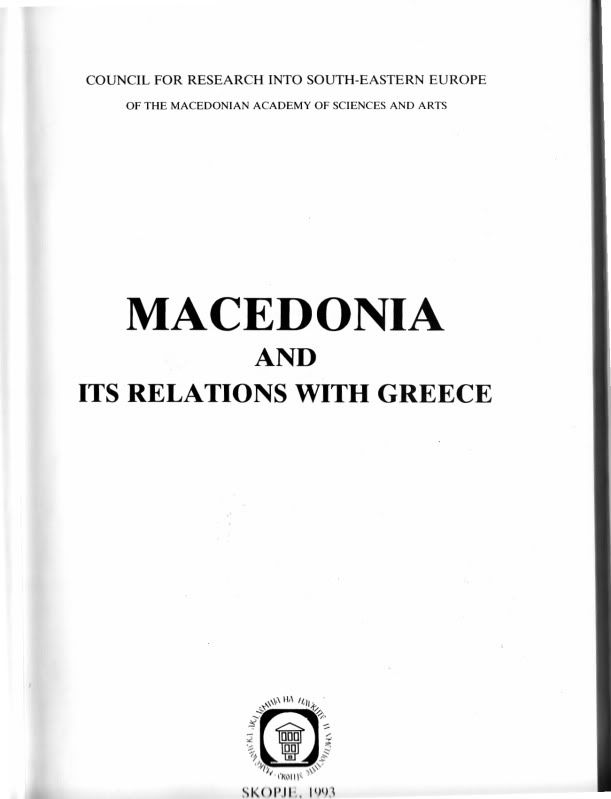
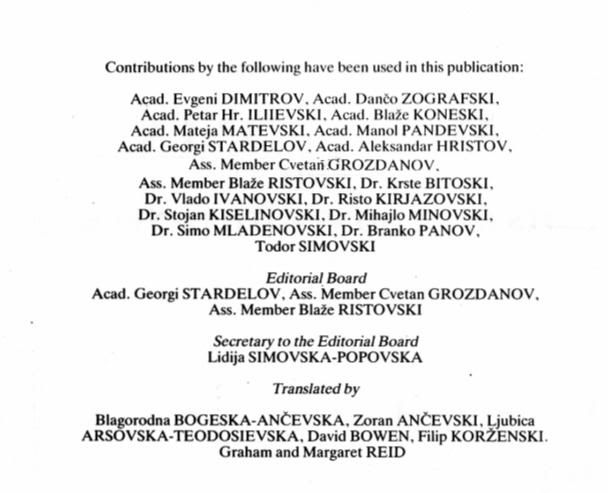
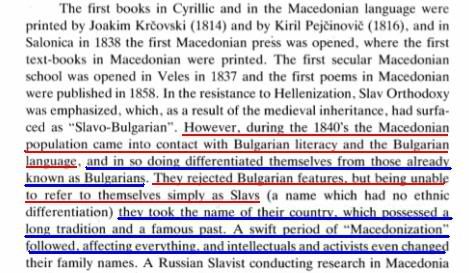
During the past few years, however, the Gruevski administration has been promoting a historiography that encompasses a biological and cultural relationship between the Slavic populace of the Former Yugoslav Republic of Macedonia (F.Y.R.O.M) and ancient Macedonia. Up until the recent past the notion of this ancient pedigree was traditionally espoused by only the most radical elements in F.Y.R.O.M and her diaspora communities, as even the historian Eugene Borza tells us.
To illustrate how the notion of a relationship between the Slavs of F.Y.R.O.M and ancient Macedonia has traversed from fringe nationalist circles to the mainstream of F.Y.R.O.M's society, lets examine the use of the Star of Vergina in F.Y.R.O.M's diaspora. During the past few years F.Y.R.O.M nationalists have been arguing that the Star of Vergina, or "Kutlesh Sun" as they call it, was a powerful symbol of the "Macedonian ethnicity" since the days of Alexander the Great. The implication of this claim suggests that there is a relationship between "ethnic Macedonians" and the ancient Macedonians. Footage from protests that have taken place in F.Y.R.O.M's diaspora communities are a powerful indicator that even 20 years ago "ethnic Macedonians" did not place an importance on a relationship with the ancient Macedonians.
This is evidenced by the following 1990 "Macedonian protest footage" taken in Toronto. Notice that hardly anybody in the crowd used the ancient Macedonian symbol or depicted ancient Macedonian themes. If "ethnic Macedonians" had a strong sentimental attachment to the ancient Macedonians or their symbols and were aware of a relationship with the ancient Macedonians why was the Star of Vergina not prevalent in this 1990 protest by one of the largest F.Y.R.O.M diaspora communities in the world?
Conversely, notice the wide spread usage of the Star of Vergina in this protest that took place in 2008 in Melbourne.
There is no doubt that this shift in ideologies has been promoted and influenced by the Gruevski administration in concert with the most radical factions in F.Y.R.O.M's diaspora. What was once mostly a fringe sentiment has become mainstream historiography. Less than 20 years ago the state sponsored "Macedonian Acadamy of Sciences and Arts" published a historiography which described the "Macedonian ethnicity" as diverging from a populace that was regarded as Bulgarian (as was shown above). Currently the state sponsored "Institute of National History" is promoting a new historiography which suggests that the Slavic populace of F.Y.R.O.M are the descendants of the ancient Macedonians as is evidenced by this news clip:
Of course no credible authority in the disciplines of history, sociology or anthropology will support the claim of a relationship between F.Y.R.O.M and ancient Macedonia. This recent renovation of F.Y.R.O.M's national historiography is indicative of a state that is using nationalist mythologies in order to establish a historical legitimacy with the ramification that everything "Macedonian" belongs to the new "Macedonian" nation. Eugene Borza seems to have forecasted this historical revisionism several years ago:
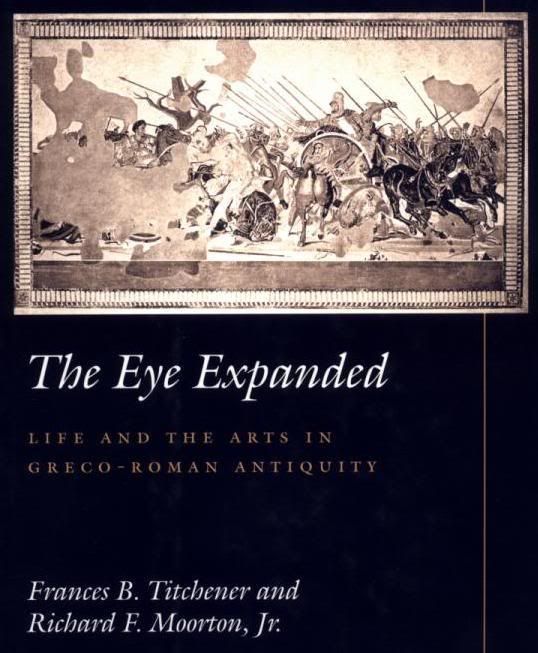
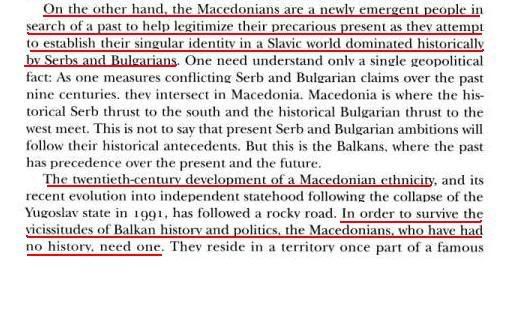

During a span of less than 20 years F.Y.R.O.M's state sponsored institutions have published contradicting historiographies. The "Alexander mania" exhibited by F.Y.R.O.M's government has influenced much of their populace, and diaspora communities, to adopt a mythical historiography that was once confined to radical nationalist circles. Outside observers should be alarmed by these symptoms of radical nationalism while being skeptical of any versions of the history "du jour" being promoted by the Gruevski administration.